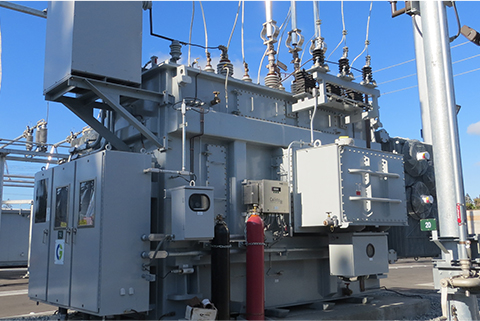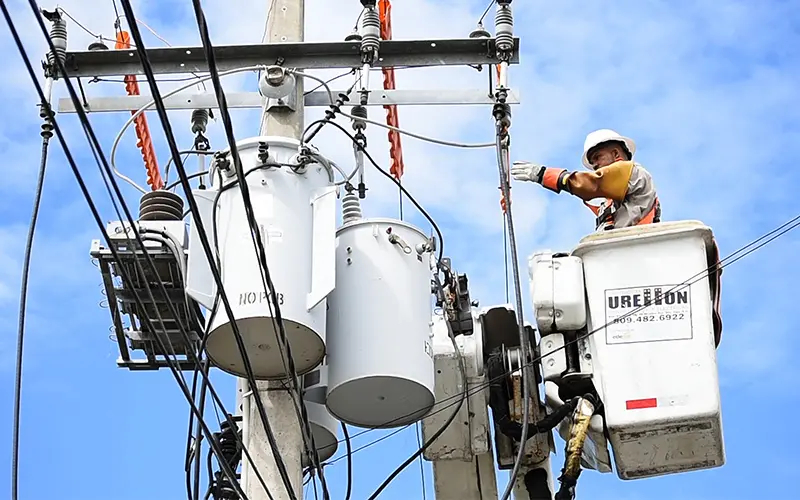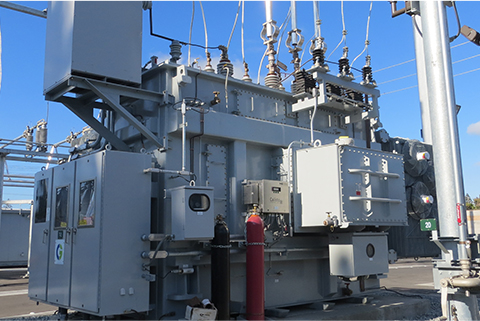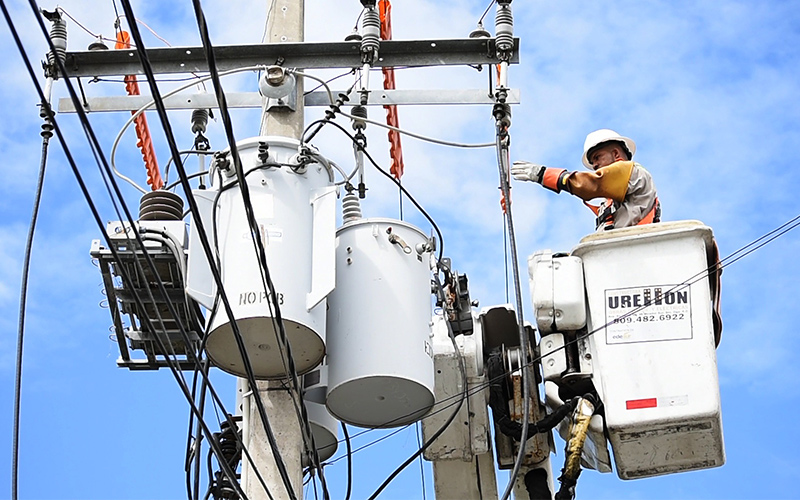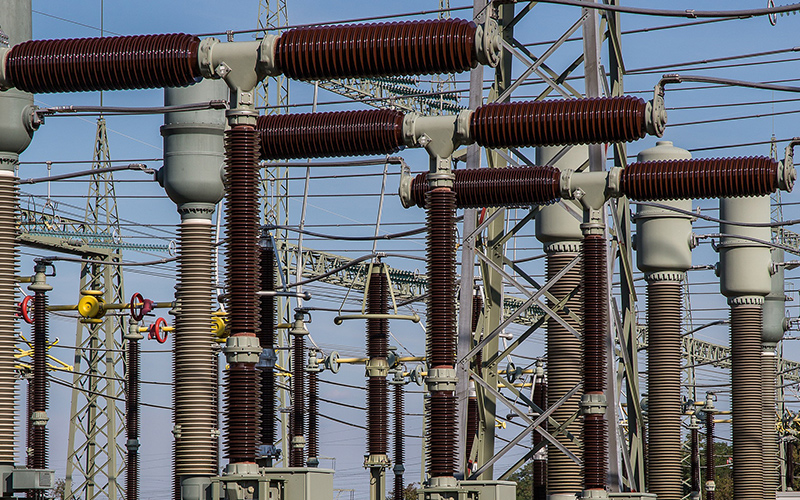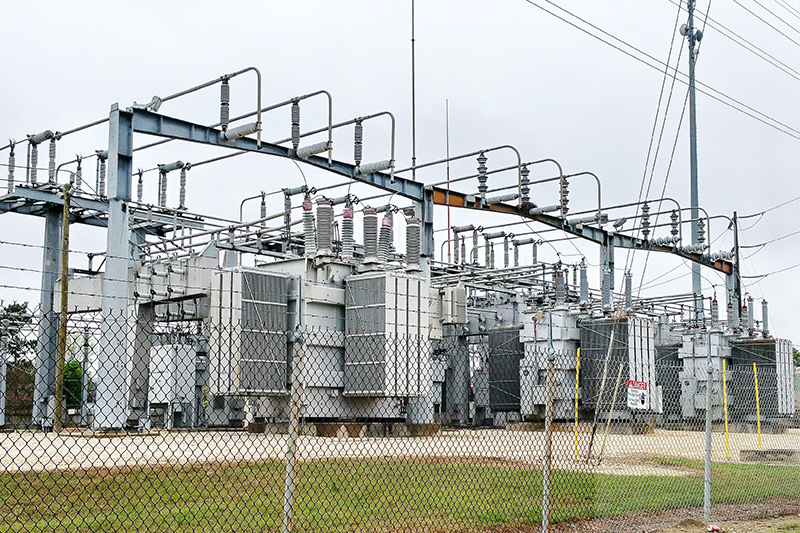Advanced drying methods for dry-type transformers: induction heating and hot air drying
Dry-type transformers are an important component in a variety of electrical systems, offering superior insulation and safety compared to oil-immersed alternatives. However, to ensure optimum performance and longevity, proper drying during manufacturing is critical. In this blog, we will explore two effective methods of drying dry-type transformers: induction heating and hot air drying. These methods guarantee the removal of moisture, ensure reliable operation and comply with VI) E0550, IEC 439, JB 5555, GB5226 and other international standards.
1. Induction heating method:
The induction heating method is to use the heat generated by the eddy current loss in the tank wall to achieve the purpose of drying. The process involves placing the main body of the device in the tank and passing a power frequency current through the outer winding coil. Here are some key points of the method:
- Temperature Control: In order to prevent any damage to the transformer, it is essential to maintain a specific temperature range. The temperature of the box wall should not exceed 115-120°C, and the temperature of the box body should be kept at 90-95°C.
- Coil Winding: For the convenience of coil winding, it is recommended to use fewer turns or lower current. A current of around 150A is suitable and a wire size of 35-50mm2 can be used. In addition, placing multiple asbestos strips on the wall of the fuel tank is conducive to the smooth winding of the wires.
2. Hot air drying method:
Hot air drying is to place the dry-type transformer body in a controlled drying room for hot air ventilation. Consider the following details for this approach:
- Temperature regulation: When using hot air, it is important to gradually increase the inlet temperature and ensure that it does not exceed 95°C. This controlled method allows for reliable drying without any harm.
- Air Filtration: Installing a filter at the hot air inlet is essential to prevent sparks and dust from entering the drying room. This filtration step keeps the environment clean and safe.
To get the most out of hot air drying, avoid blowing hot air directly onto the main body of the appliance. Instead, the airflow should be evenly distributed in all directions from the bottom, allowing moisture to escape through the vents in the lid.
In conclusion:
Dry-type transformers require efficient drying to eliminate moisture, ensure optimum performance and comply with international standards. By employing advanced methods such as induction heating and hot air drying, manufacturers can guarantee the reliable and safe operation of these important electrical components. Both approaches have clear advantages, and their implementation depends on specific requirements and production capabilities. With proper drying, dry-type transformers will continue to provide excellent insulation and meet the changing needs of modern electrical systems.
(Note: This blog provides an informative overview of drying methods for dry-type transformers and highlights their importance. For technical guidance and specific instructions, it is recommended to consult industry experts and comply with relevant standards and regulations.)
